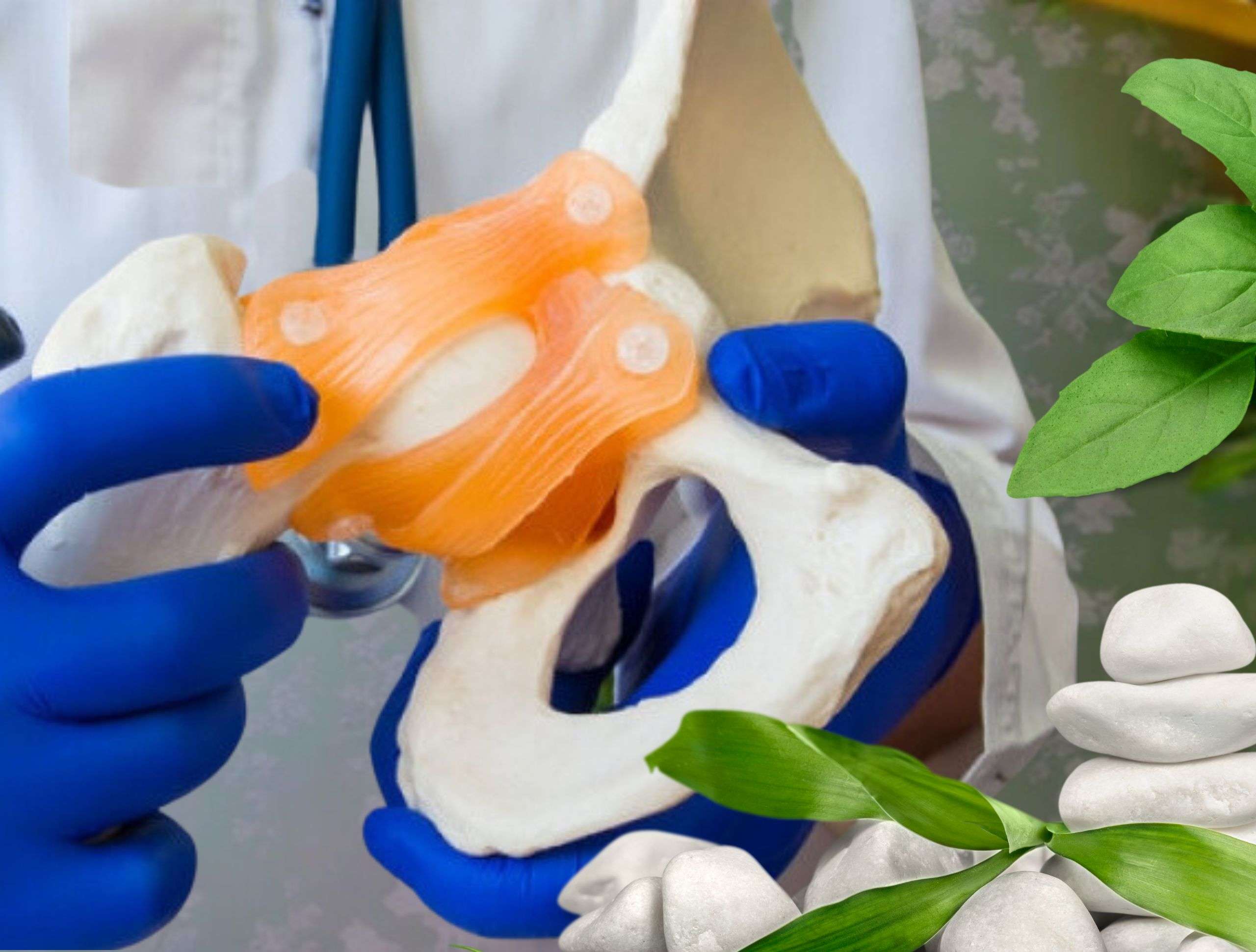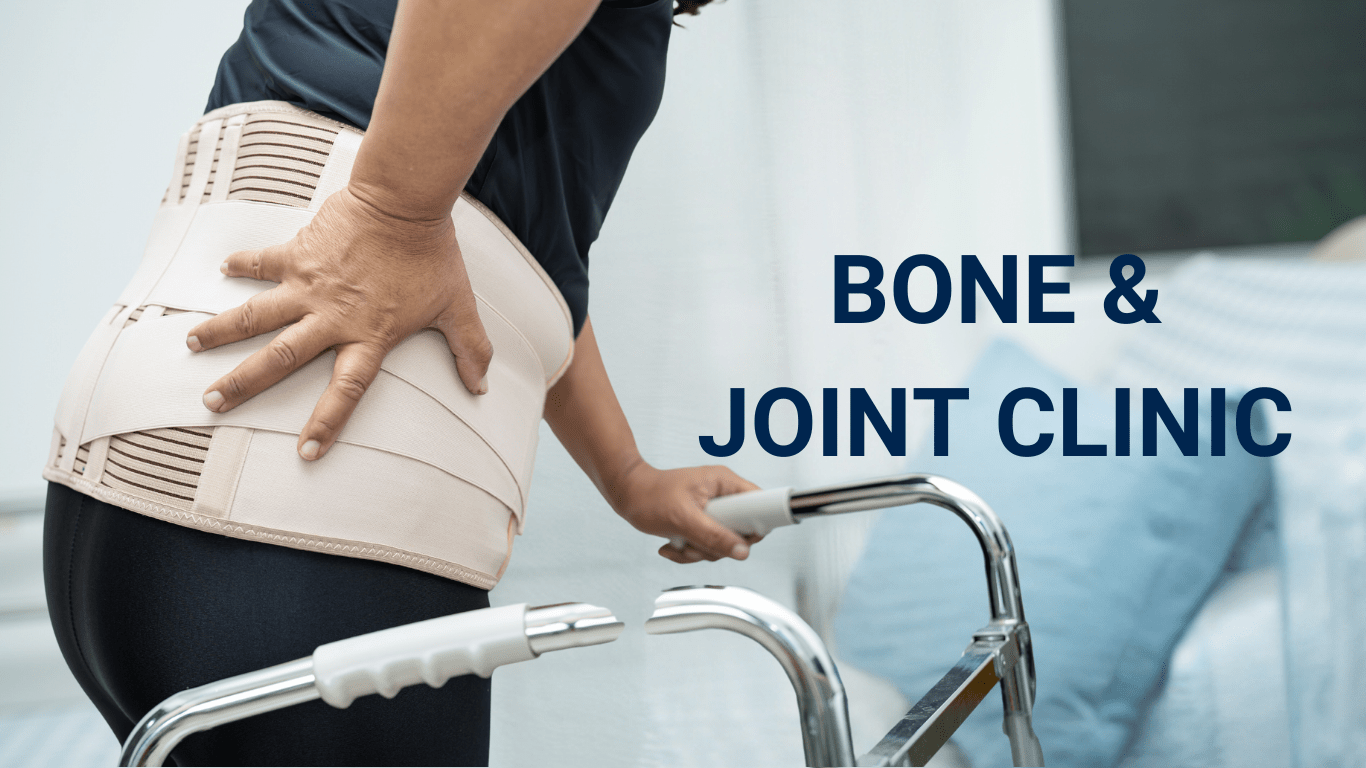Pelvic Acetabular Surgery

Pelvic acetabular surgery is a highly specialized orthopedic procedure that focuses on the treatment of complex fractures or injuries involving the pelvic ring and acetabulum, which is the socket of the hip joint. This type of surgery is essential in restoring stability to the pelvis and hip joint and can significantly impact a patient’s mobility and quality of life.
Types of Pelvic Acetabular Surgery
Types of Pelvic Acetabular Surgery :-
Open Reduction and Internal Fixation (ORIF): This surgery involves the use of screws, plates, or other hardware to reposition and stabilize fractured or dislocated pelvic and acetabular bones.
Pelvic Osteotomy: In cases of structural abnormalities, such as developmental dysplasia of the hip, pelvic osteotomy may be performed to reshape the pelvic bone and improve hip joint stability.
Total Hip Replacement (THR): For severe hip joint damage, THR may be required. In this procedure, the damaged hip joint is replaced with an artificial hip joint (prosthesis).
Treatments for Pelvic Acetabular Surgery
The specific treatment for pelvic acetabular surgery depends on the nature of the injury or condition, but it often includes the following steps:
Preoperative Planning: Detailed imaging studies, such as CT scans or MRI, help surgeons evaluate the extent of the injury and plan the surgical approach.
Surgical Intervention: Surgeons perform the chosen procedure, repairing fractures, repositioning bones, and securing them with hardware as needed.
Postoperative Care: This includes pain management, monitoring for complications, and preventing deep vein thrombosis and other postoperative issues
Risks and complications
Blood Loss: Complex pelvic surgeries can involve significant blood loss, necessitating blood transfusions.
Nerve or Vascular Damage: There is a risk of damaging nearby nerves and blood vessels during surgery, which can lead to complications.
Hardware Complications: Hardware used for stabilization can cause issues like irritation, loosening, or breakage.
Blood Clots: Prolonged immobilization after surgery can increase the risk of deep vein thrombosis (DVT) and pulmonary embolism (PE).
Recovery and Rehabilitation
Immediate Postoperative Care: Patients typically spend time in the hospital for monitoring and pain management.
Mobility Rehabilitation: Physical therapy is essential for restoring mobility and strength in the hip and pelvis.
Occupational Therapy: This focuses on regaining independence in activities of daily living.
Pain Management: Patients may require medications for pain control.
Assistive Devices: Crutches, walkers, or wheelchairs may be necessary during the recovery process.
Psychological Support: Patients may experience emotional and psychological challenges during recovery
Long-term Outcomes
Functional Recovery: Long-term outcomes vary but may include regaining near-normal or improved function in the hip joint.
Quality of Life: Pelvic acetabular surgery aims to enhance patients’ quality of life by relieving pain and improving mobility.
Pain Management: Chronic pain may persist, and ongoing pain management may be required.
Adaptive Strategies: Patients may need to make adaptive changes to their lifestyle and living environment.
Mobility and Independence: Patients often return to a level of mobility and independence that allows them to engage in daily activities.

